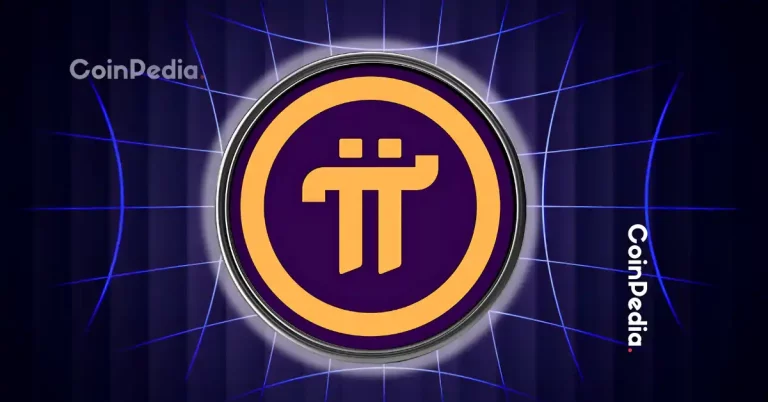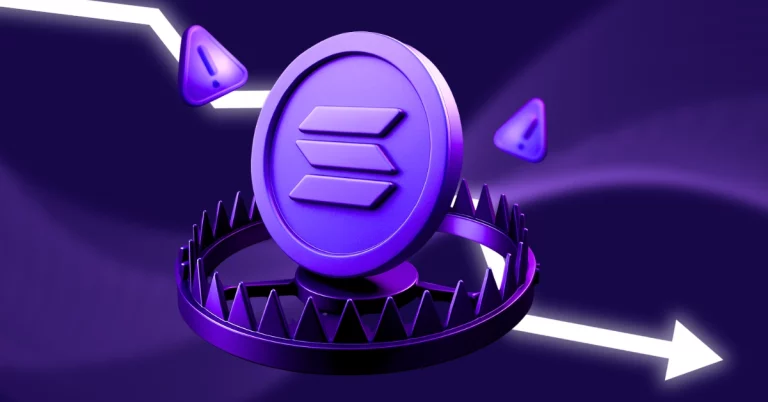
The cryptocurrency world continues to evolve at lightning speed, and Ripple’s XRP Ledger (XRPL) is at the forefront of this transformation. With the rise of decentralized finance (DeFi) and the increasing demand for programmable financial tools, XRPL developers are pushing the boundaries of innovation. Here’s how Ripple’s XRPL is shaping up for the future.
The Evolution of XRPL: From Payments to DeFi
Since its inception in 2012, XRPL was designed as a network to enable fast and cost-effective payments. Over the years, it has expanded far beyond its original purpose. Today, XRPL provides critical infrastructure for broader financial applications, including settling tokenized assets, supplying liquidity across various markets, and supporting instantaneous value transfers between financial systems.
RippleX researcher J. Ayo Akinyele highlights that the XRPL is now gearing up to handle advanced institutional use cases. These include asset-backed digital treasury products and the emergence of digital ETFs. The launch of the first XRP-based ETF by Canary is a major testament to increased institutional interest.
DeFi Growth and XRPL’s New Features
Ripple’s CTO, David Schwartz, and other key developers are exploring new ways to solidify XRP’s position in the DeFi ecosystem. XRP has seen integrations with prominent DeFi projects like Flare, Axelar, and MoreMarkets, hence demonstrating its integration with both retail and institutional digital finance use cases.
One feature under discussion is the introduction of native staking on XRPL. Staking would allow XRP holders to lock their tokens, helping to support the network while earning staking rewards. While this sounds promising, it presents several design challenges. The ledger currently uses a fee-burning model, and changing this into a reward-based system requires careful planning to maintain fairness and efficiency.
Challenges in Staking Implementation
The discussion around staking has been met with mixed reactions. Critics argue that staking aligns more with proof-of-stake models and may conflict with XRPL’s foundational architecture. Schwartz introduced advanced concepts, like a two-layer validator incentive model and using transaction fees for zero-knowledge proofs to ease the workload on nodes.
While many developers find these ideas intriguing, concerns remain over incentive mechanisms, validator competition, and system simplicity. Akinyele emphasized the importance of balancing innovation with XRPL’s core principles of simplicity, security, and efficiency.
Why XRP Matters for Investors
Beyond the technical debates, XRP’s growing presence in DeFi highlights its increasing real-world utility. From asset-backed products to cross-market liquidity, XRP is becoming indispensable for banks and financial institutions looking for seamless ways to move and manage digital value.
For those interested in harnessing XRP’s potential, check out the Coinbase XRP page to learn more about trading and holding XRP for both retail and institutional investors.
The Road Ahead for Ripple’s XRPL
The Ripple community continues to thrive on innovation while remaining cautious about preserving XRPL’s simple and effective architecture. Features like native staking, programmability, and enhanced governance models could propel XRPL as the backbone of the DeFi ecosystem, ensuring its relevance well into the future.
To stay updated on all things crypto, including XRP news, DeFi trends, and blockchain innovations, visit CoinPedia, a trusted source for cryptocurrency insights.



